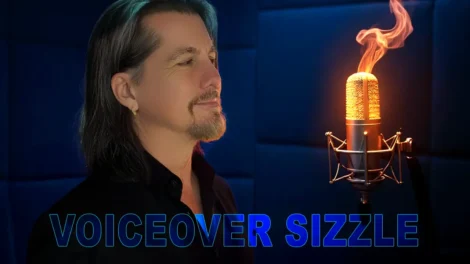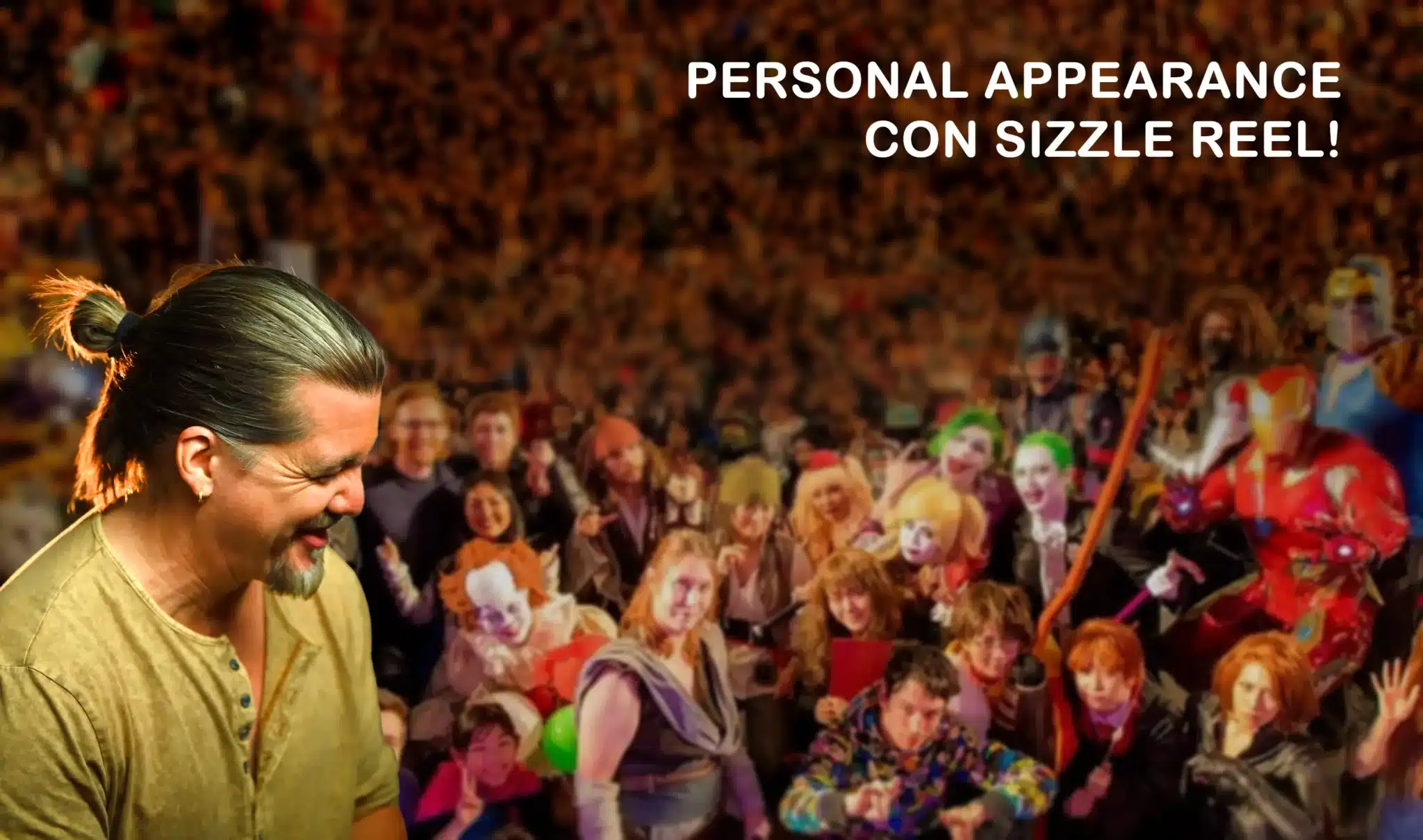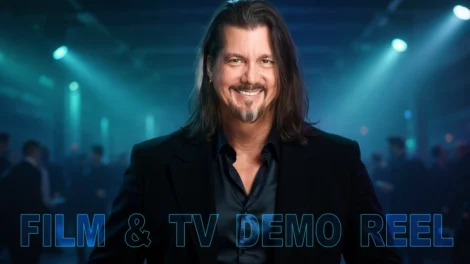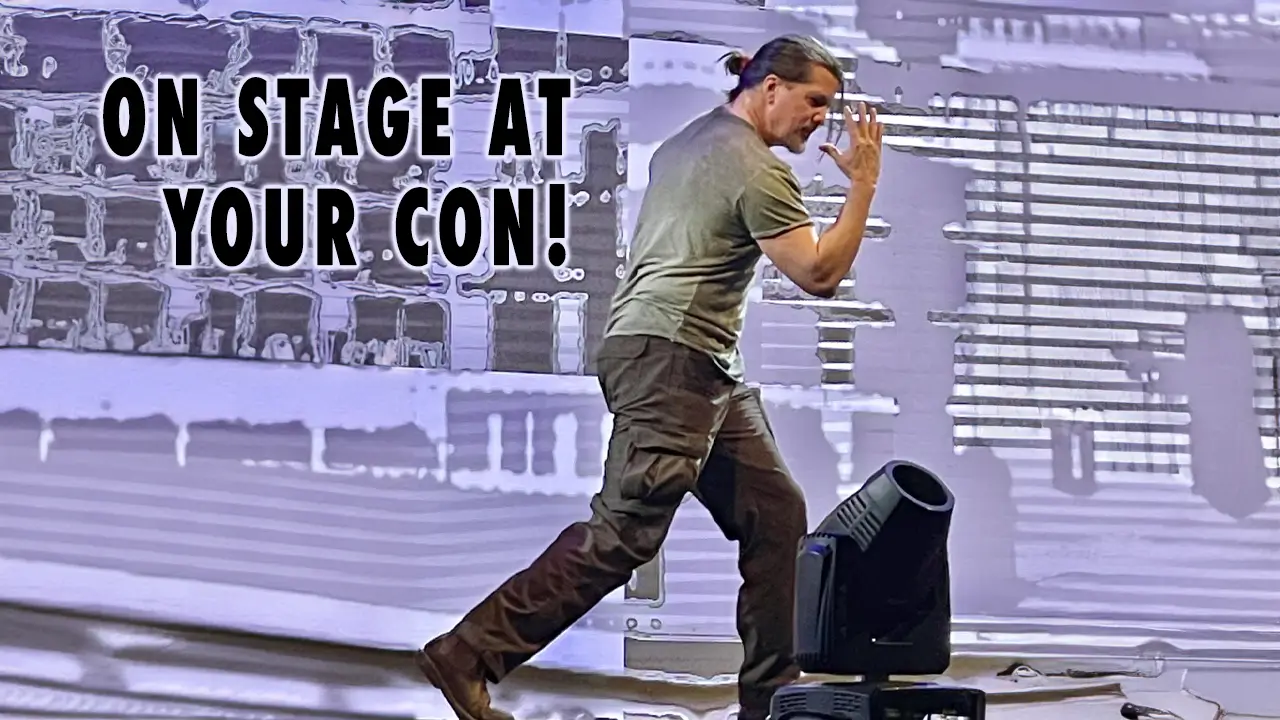Why Conversational Voice-Over Is the Secret Weapon Businesses Need in 2025
Once upon a time, corporate voice-overs sounded like they were beamed down from a mothership. Stiff. Formal. Packed with gravitas, but with all the warmth of a fax machine. If you’ve ever sat through a training video narrated by “The Voice of Doom,” you know the feeling: eyes glazing over, brain shutting down, the creeping suspicion you’d rather be audited by the IRS than endure another second.
But times have changed. The hottest trend in professional voice-over is something that sounds shockingly radical: talking like a human being. Conversational voice-over has become the gold standard, and businesses from mom-and-pop hardware stores to Fortune 500 giants are embracing it. Why? Because audiences have tuned out the announcer drones. They want warmth, relatability, and authenticity—the sound of someone who understands them, not lectures them.
How We Got Here: From Movie Trailers to Microlearning
Think back to the era of Don LaFontaine’s booming In a world… style. Perfect for summer blockbusters, disastrous for an HR compliance video. Yet companies clung to that overblown delivery for years. Eventually, marketers noticed their meticulously crafted content was tanking because the narration felt out of step with modern audiences.
The explosion of e-learning, YouTube explainers, TikTok micro-ads, and corporate microlearning content forced a pivot. Viewers weren’t asking for Shakespearean oration—they were asking for something closer to a colleague explaining things over coffee. As Voices.com’s trends report highlights, conversational tone is now the top request across industries.
Conversational Voice-Over Defined (Without the Jargon)
So what exactly is “conversational” in this context? It doesn’t mean sloppy or unprofessional. It means:
- Natural pacing. Words flow like speech, not like a legal disclaimer at the end of a car ad.
- Authentic tone. The listener feels like you’re talking with them, not at them.
- Approachable authority. You can sound credible without sounding like you swallowed a thesaurus.
It’s professional, but with warmth. It’s polished, but not sterile. It’s the kind of delivery that makes people lean in instead of check out.
Why Companies Are Demanding It
The business case is simple: conversational voice-overs perform better. They don’t just sound nicer—they drive engagement and retention in measurable ways.
1. Attention Spans Are Shrinking
Studies show average human attention spans hover around eight seconds—shorter than a goldfish. If your narration feels like a lecture, you’ve lost your audience before the second slide. Conversational delivery fights that by sounding fresh, alive, and worth sticking around for.
2. Training Content That Actually Works
Ask any HR manager: it’s not enough for employees to sit through training—they have to remember it. Conversational narration transforms mandatory content into something digestible. Instead of tuning out, employees retain more because they feel personally addressed.
3. Branding with Personality
Voice-over isn’t just about reading words; it’s about embodying brand identity. A conversational voice gives companies personality. Whether it’s a warm “we’ve got your back” tone for a credit union or a confident but friendly narration for an enterprise software giant, the right delivery makes a brand relatable. In today’s market, relatability equals loyalty.
4. Global Audiences Want Humanity
Even in multilingual projects, conversational tone bridges cultural gaps. People across markets respond to sincerity. When paired with accurate translations, this delivery style feels universal—human connection doesn’t need subtitles.
But Wait—What About AI Voices?
Every discussion of modern voice-over comes with the inevitable AI question. Yes, AI can generate a passable narration. It’s cheap, scalable, and… soulless. Clients quickly discover that AI lacks emotional nuance. It stumbles on humor, sarcasm, and subtlety—the very ingredients that make a voice sound conversational.
For content that truly matters—branding, training, commercials—companies overwhelmingly stick with human professionals. Machines can spit words. Humans can deliver meaning.
The Solution: Hire a Human Who Actually Knows What He’s Doing
Enter me: D.C. Douglas. You may know my voice as the sinister Albert Wesker from Resident Evil or as the soft-spoken Legion from Mass Effect. You may have caught me as Yoshikage Kira in JoJo’s Bizarre Adventure, or even as a guest on Star Trek: Enterprise. What do all these have in common? The ability to adapt tone to context—menacing, robotic, eccentric, or warm.
That same skill translates directly to corporate and commercial projects. I’ve narrated for Oracle’s in-house training modules, delivered approachable spots for small businesses, and everything in between. The trick? Making the audience feel like someone is talking directly to them.
What I Bring to the Table
- Versatility. From retail spots to enterprise explainers, I match the conversational tone you need.
- Polish. You get broadcast-quality audio from a professional home studio—no hiss, no echo, just clarity.
- Experience. With decades in film, television, anime, and corporate narration, I know how to make words live.
Conversational Doesn’t Mean Boring
One common misconception is that conversational equals bland. Wrong. Conversational means dynamic. It’s the art of sounding approachable while still commanding attention. Think of it as storytelling for business: the script may be about quarterly growth, but the delivery feels like sharing good news with a friend.
In fact, humor thrives in conversational reads. Light touches—a smile in the voice, a playful pause—turn corporate material into something engaging. And if your script is bone-dry? Don’t worry. I specialize in injecting life without derailing your brand message.
How to Know If Your Project Needs This Style
Quick checklist: if your content includes any of the following, conversational voice-over isn’t optional—it’s critical.
- E-learning or compliance training
- Explainer or brand videos
- Customer service phone systems
- Corporate internal communications
- Advertising aimed at millennials or Gen Z
If you checked at least one, congratulations: your project is screaming for conversational voice-over. The only real question is—who’s going to deliver it?
D.C. Douglas: The Voice That Talks Like a Human (Imagine That!)
You could roll the dice with an AI generator, or hire a professional who brings humanity, wit, and experience to the mic. From iconic game villains to corporate training modules, I’ve built a career on versatility. I can make your brand sound authoritative without being authoritarian, relatable without being cloying, and human without being casual to the point of sloppy.
Your audience doesn’t want a lecture. They want a voice that understands them. That’s exactly what I bring—whether you’re a small shop on Main Street or a global giant like Oracle. So let’s create content that makes your audience feel seen, heard, and engaged. After all, if they’re listening, they’re learning—and if they’re learning, they’re buying.
The Final Word (Spoken Conversationally, of Course)
In the end, conversational voice-over isn’t just a trend—it’s the baseline expectation of 2025. Businesses that ignore it risk sounding like relics of a bygone era. Those who embrace it connect more deeply, build stronger brands, and keep their audiences engaged.
And if you’re wondering where to find someone who embodies this style with skill, versatility, and a wink of wit—you’ve already found him. I’m D.C. Douglas, and I’d be happy to lend my voice to your next project. Let’s make your message human again.















